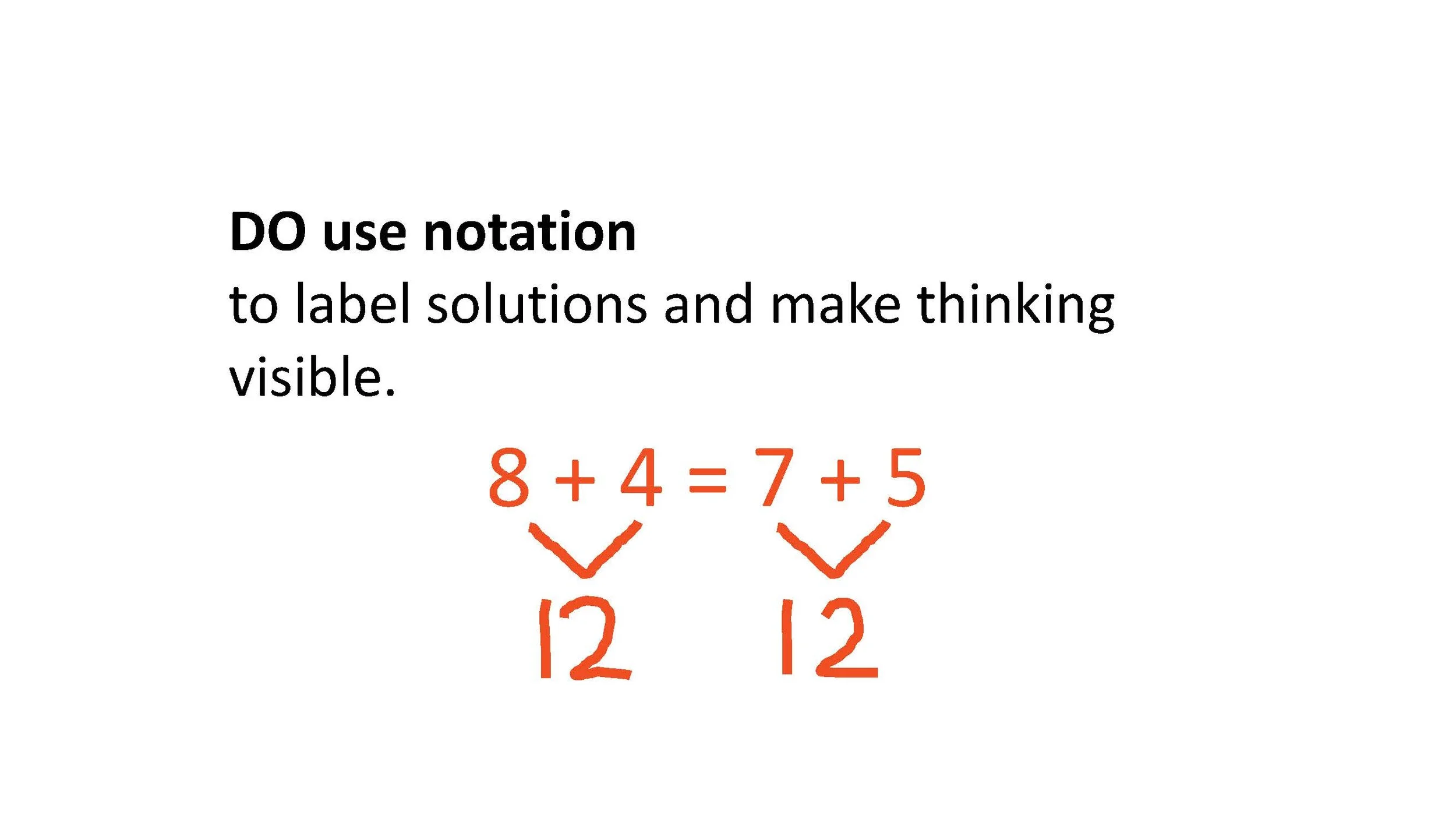The equal sign is the most commonly introduced symbol in the early childhood classroom, and the most misunderstood.
When shown the equation below and asked what number belongs in the box, the overwhelming majority of students answer incorrectly.
Students often solve left to right, adding 8 to 4 to get 12 and leaving out the 5 altogether.
Or, they might add all the numbers together to get 17.
Only very rarely do students recognize that both sides of the equation should be equal and find the missing addend to make both sides 12.
(From Falkner, Levi, and Carpenter. Integrating Arithmetic and Algebra. Heinemann, 2003.)
Young children frequently believe the equal sign means “the answer comes next.” If we don’t intervene, this misunderstanding persists in academics, leading students to struggle in algebra in later grades.
We need to combat that common misconception by fostering the true meaning of the equal sign: that the expressions on either side of it have the same value.
What can we do about it? Support conceptual understanding of the equal sign right away to prevent young mathematicians from developing misunderstandings that they will carry with them to later grades.
Best Practices with the Equal Sign
(“Dos and Don’ts”)
See Literacy Connections next for ideas to mathematize these concepts with children’s literature.












